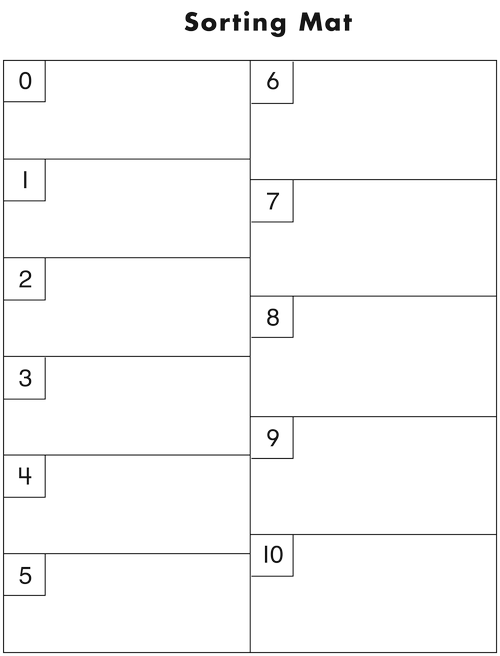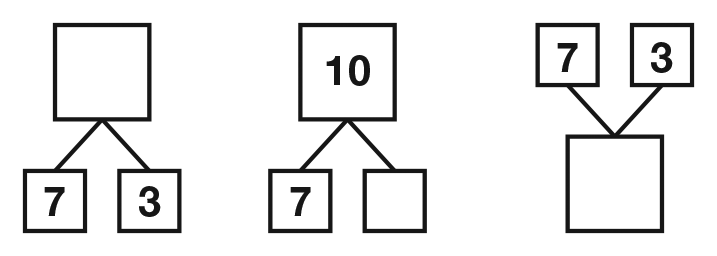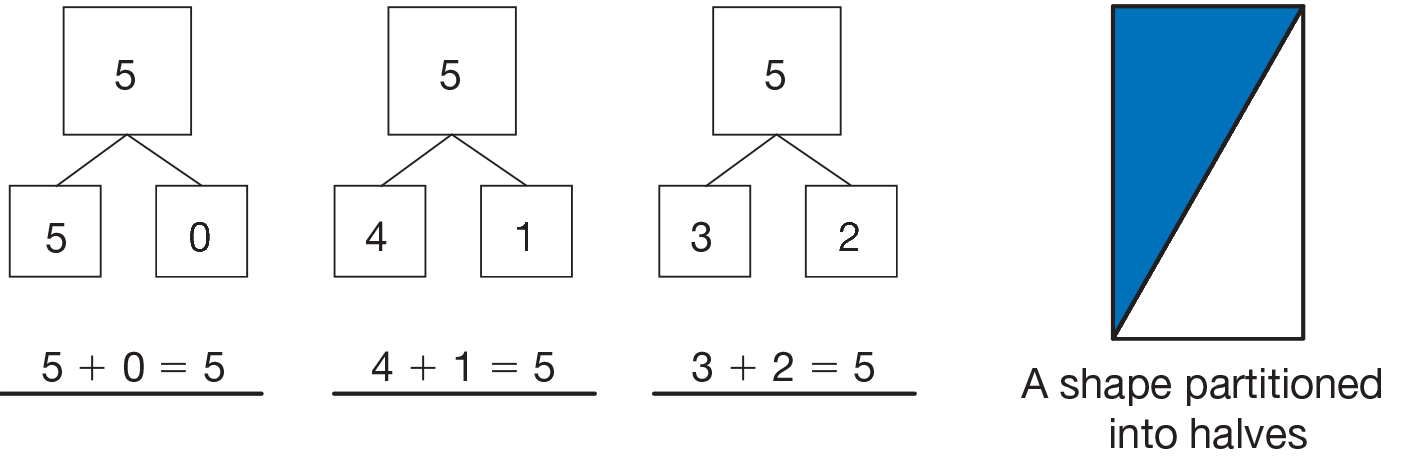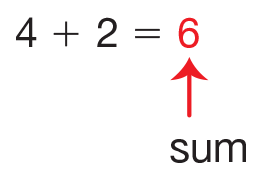Students identify tools and strategies to combine and partition numbers for sums to 10. They sort addition facts by their sums to identify ways to partition or separate a number into two parts.
Content in this Lesson
- Adding numbers with sums to ten using invented, counting, and reasoning strategies [E7].
- Identifying partitions of numbers to ten [E1].
- Using strategies that apply the turn-around property of addition [E4].
- Representing addition using counters, number lines, and ten frames [E2].
- Representing partitions of numbers using box diagrams [E1].
Daily Practice and Problems A–D
Assessment in this Lesson
| Assessment | Expectation Assessed |
|---|---|
|
Partitioning Six into Parts Check-In: Questions 5–6 Student Activity Book Page 120 |
|



















